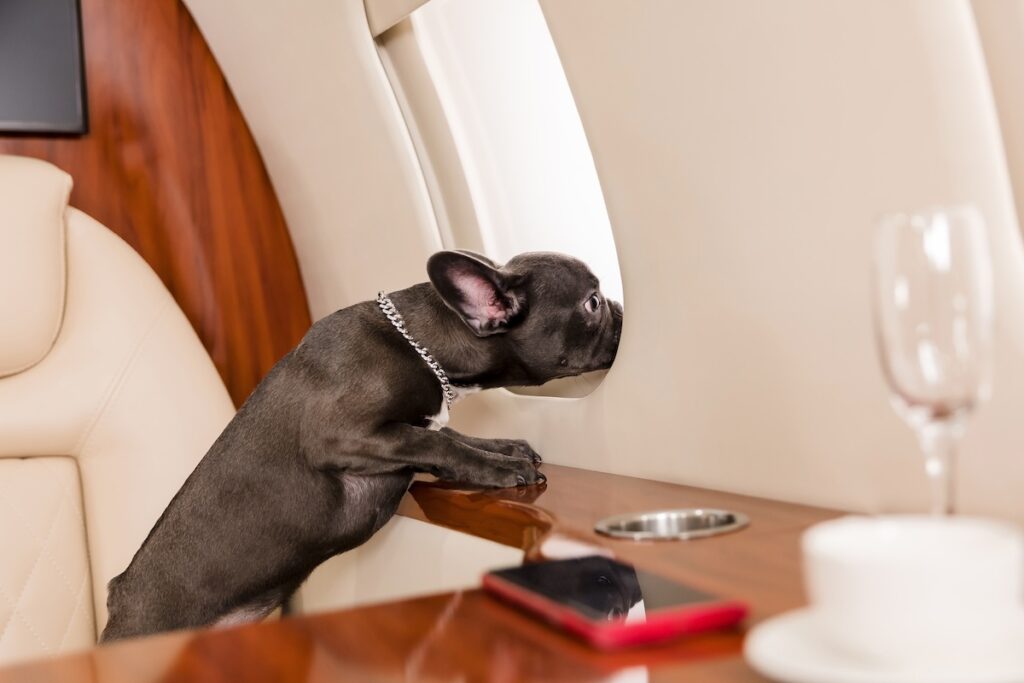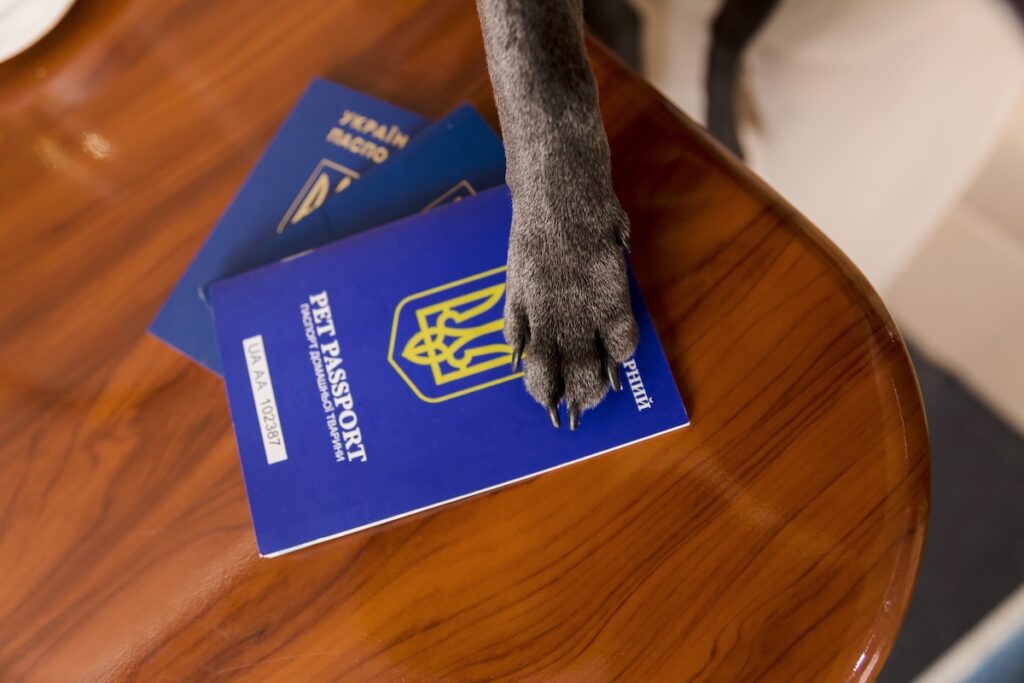We are proud to announce the launch of our new Certified Jets office in the Kingdom of Saudi Arabia, a strategic move in our global expansion and a major step forward in extending our world-class services to current and future clients across the Middle East.
As a company built on trust, transparency, and elite service, this expansion reflects our commitment to meeting the growing demand for discreet, reliable, and luxurious private jet and concierge solutions in the region. From royal families to high-net-worth individuals, our clients in the Kingdom and neighboring countries will now enjoy direct local access to the Certified Jets difference.
Our presence in Saudi Arabia will also allow us to further develop our Certified Jet Card Program and introduce our Fractional Ownership offerings to clients seeking a smarter, more flexible way to fly, with no compromise on service, privacy, or performance.
We’re excited to bring our unique philosophy to the Middle East: hand-selected aircraft, personalized concierge support, and a commitment to excellence that goes beyond the flight.
To our clients in the region — welcome aboard. The next level of private aviation has arrived.
Flying Private with Pets: What You Need to Know Before You Take Off
If you’re a pet owner who travels often, you already know the stress that comes with putting your furry companion in the cargo hold of a commercial flight. Long wait times, loud noises, fluctuating temperatures — it’s not just nerve-wracking for pets, it’s heartbreaking for their humans too.
That’s where private jet travel changes the game.
Why Private Jets Are a Game-Changer for Pet Travel
One of the biggest advantages of flying private is being able to bring your pet into the cabin with you. No crates locked away in cargo, no sedating your dog only to send them off alone — your pet stays by your side the entire time, usually right at your feet or on your lap (depending on the size and the operator’s rules). It’s safer, more comfortable, and far less stressful for both of you.
to send them off alone — your pet stays by your side the entire time, usually right at your feet or on your lap (depending on the size and the operator’s rules). It’s safer, more comfortable, and far less stressful for both of you.
Should You Medicate Your Pet Before Flying?
Every pet reacts differently to flying. Some are completely fine; others might get anxious or restless during the flight. In cases where you know your pet doesn’t do well with travel, talk to your vet about giving them a mild sedative or anti-anxiety medication. Don’t guess — always get professional advice, as the wrong meds or incorrect dosage can do more harm than good. Sometimes, even just a calming supplement or pheromone spray is enough to take the edge off.
What Documents and Vaccinations Are Required?
Just because it’s a private flight doesn’t mean you can skip the paperwork. Rules vary depending on where you’re flying, but in general:
Domestic flights: Most U.S. operators will require a valid rabies vaccination certificate and a recent health certificate from your vet (usually within 10 days of travel).
International flights: Requirements are much stricter. Some countries require quarantine, others ask for microchipping, specific vaccinations, and forms submitted weeks in advance. Always check with your broker or operator well ahead of time — they can guide you through what’s needed for your destination.
Pet Fees and Responsibility for Damage
Bringing a pet on board a private jet often comes with a pet fee, especially if the aircraft owner has policies in place to cover potential cleaning or minor wear and tear. Depending on the operator, this fee can range from $500 to $1,500.
More importantly, if your pet causes any damage to the aircraft interior, whether it’s chewing the upholstery, having an accident on a leather seat, or scratching the woodwork, the lead passenger (that’s you) will be held financially responsible. Private jets aren’t like rental cars, where a little scratch gets overlooked. These interiors are custom-made and extremely expensive to repair.
To avoid issues:
- Bring a pet carrier or blanket for them to lie on.
- Trim their nails beforehand.
- Make sure they’ve gone to the bathroom before boarding.
- Don’t let them roam freely if they tend to get nervous or destructive.
Final Thoughts
Flying private with pets is hands down the most comfortable way to travel with your furry companion — but it’s not a casual walk in the park. Preparation, responsibility, and respect for the aircraft and crew go a long way.
Whether you’re flying across the country or heading overseas, taking the right steps beforehand will ensure your pet has a smooth, safe flight — and that you don’t end up with an unexpected bill at the end of it.
Looking to book your next pet-friendly private jet?
Explore and connect with over 1,000 verified aircraft brokers on our platform, JetConnect. Whether you’re flying with a Great Dane or a teacup Yorkie, our platform can help you find the perfect jet broker for your journey, with your pet right by your side.



